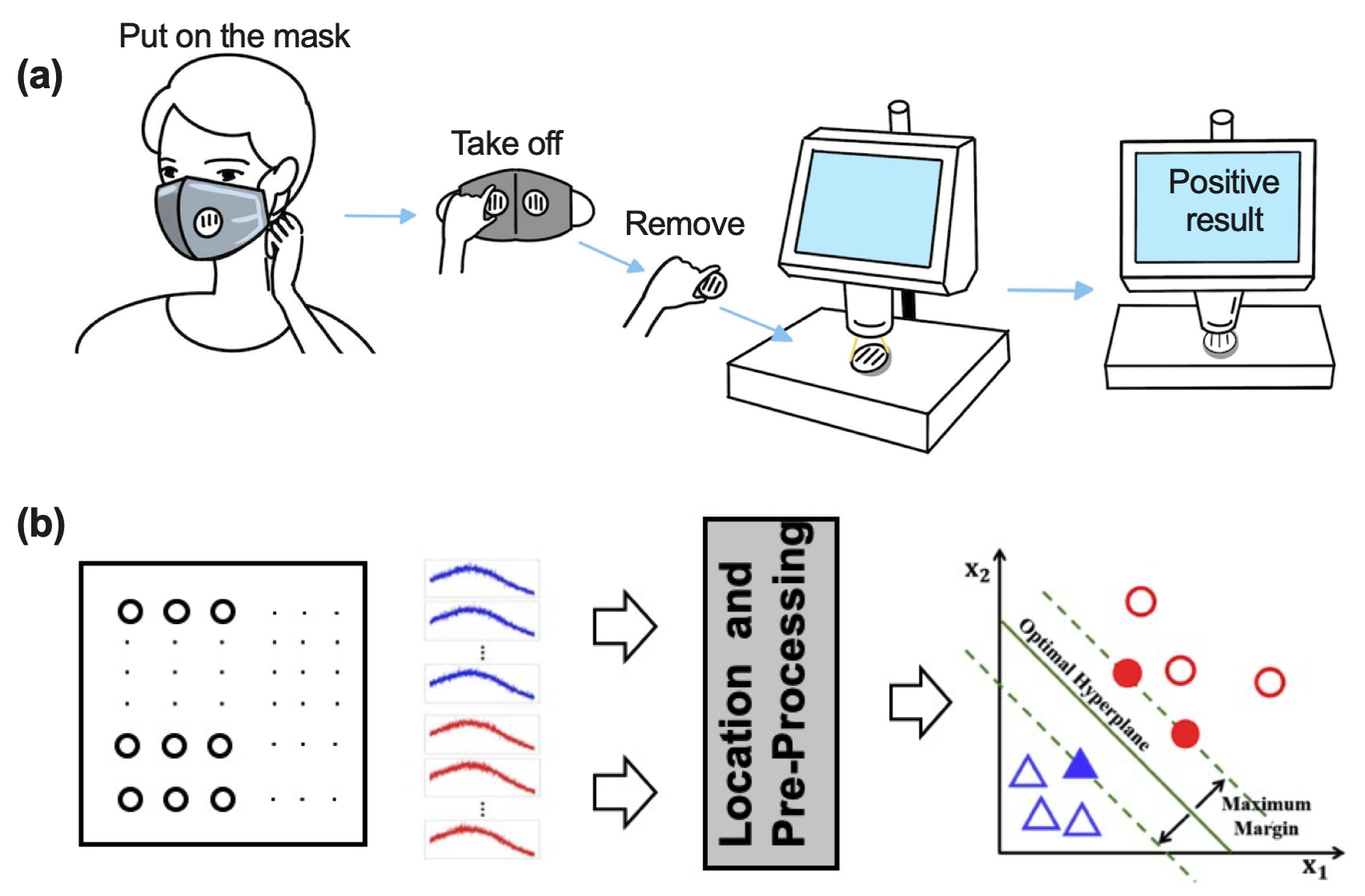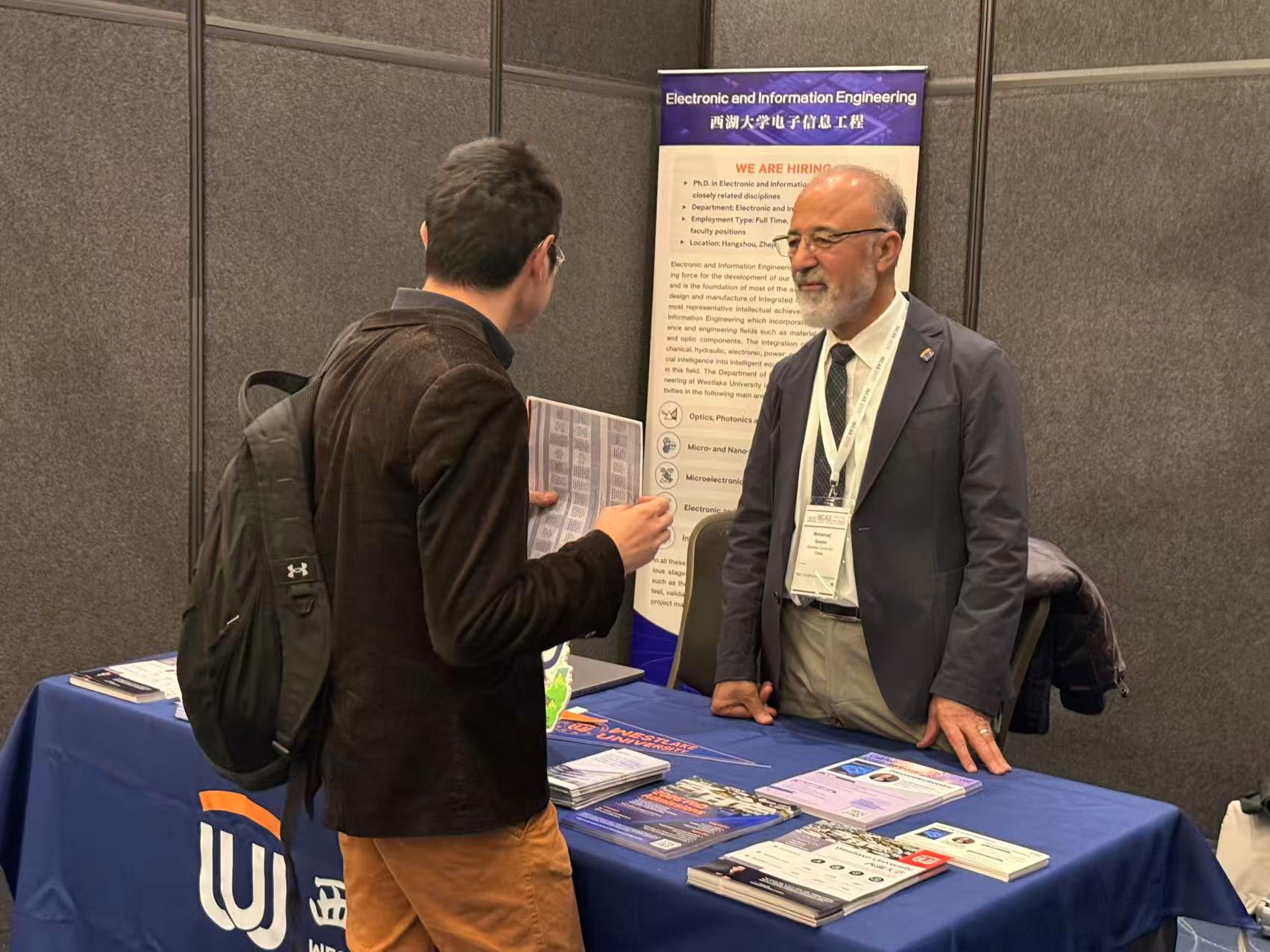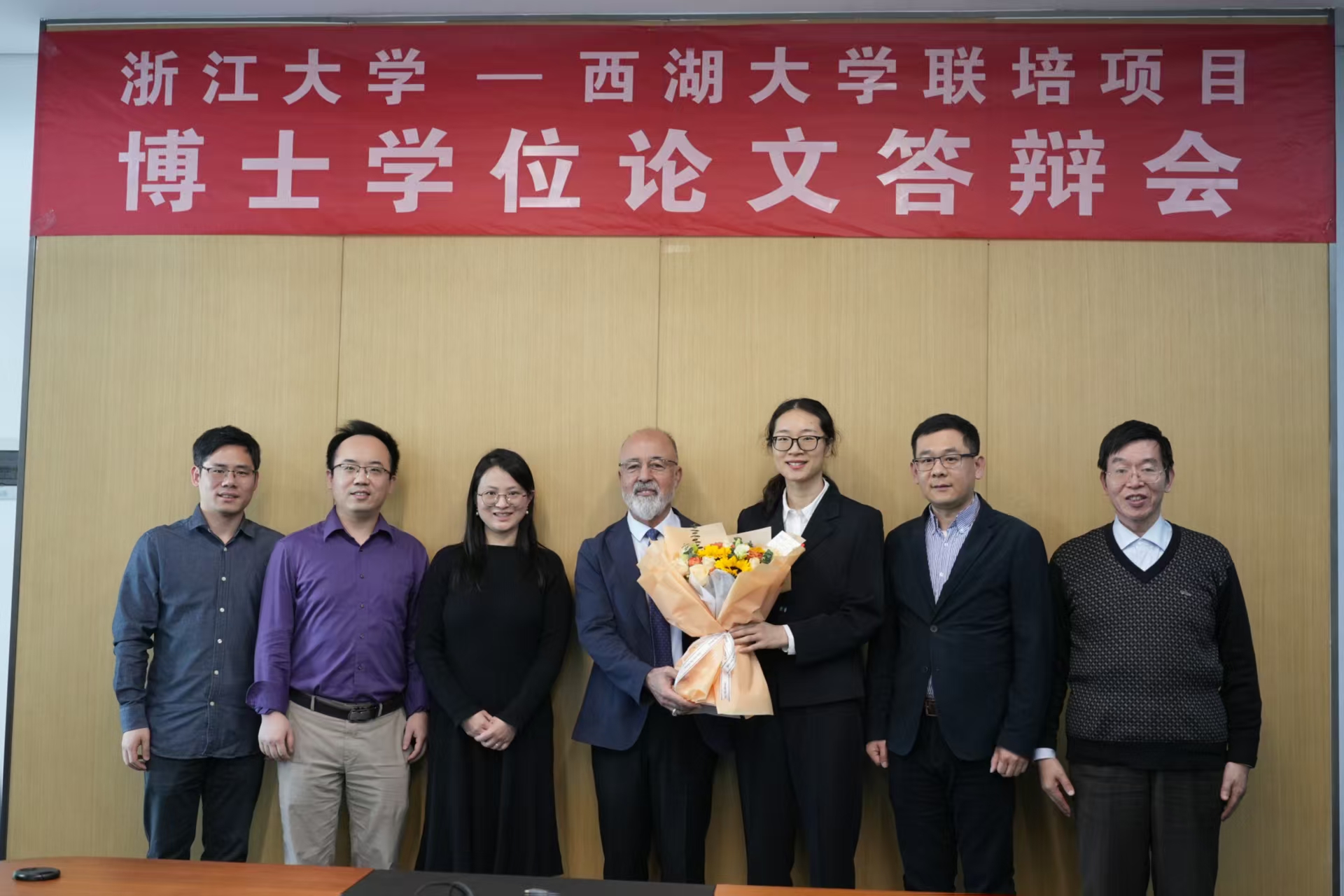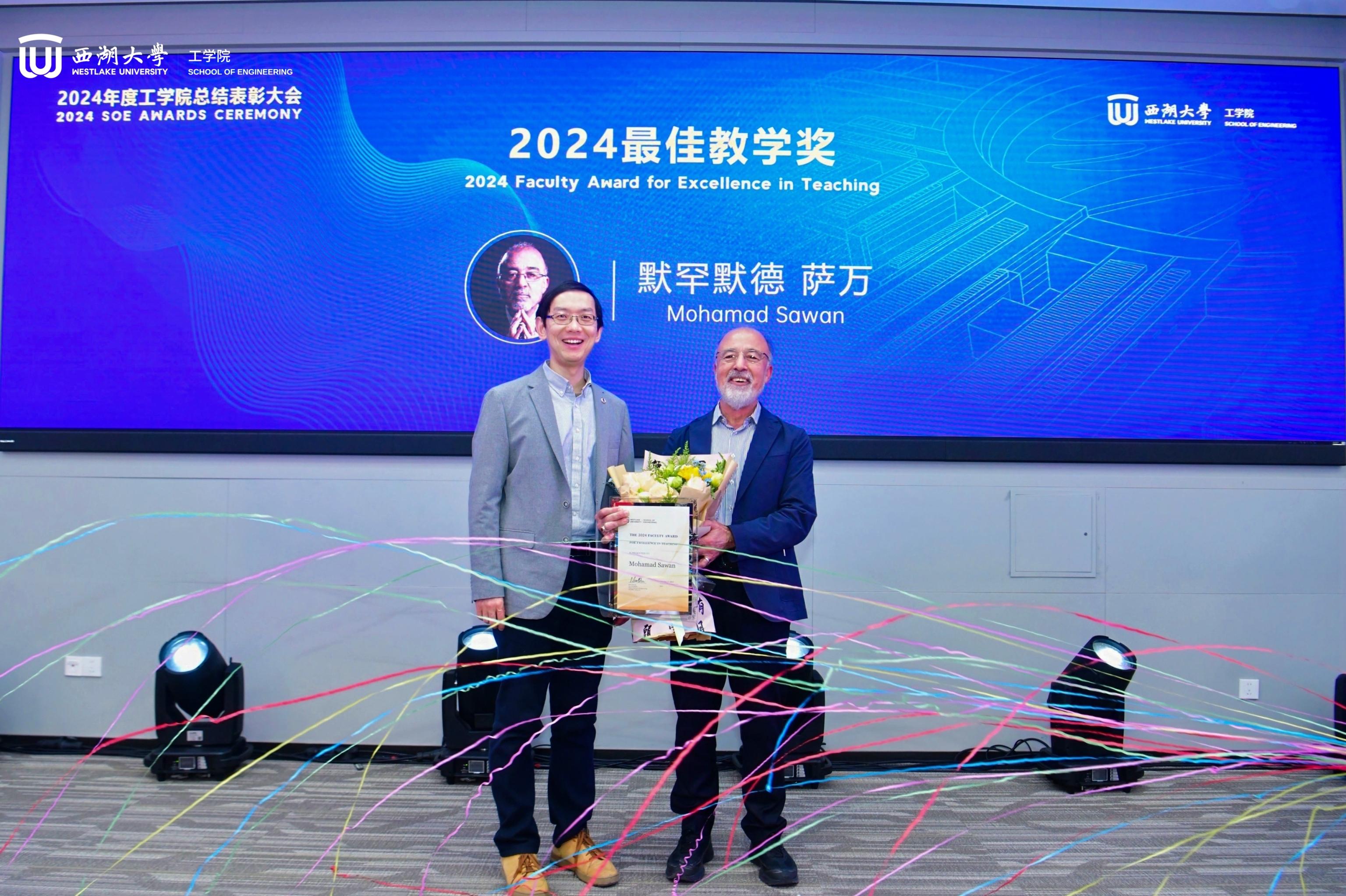Titled “Heterogeneous-Nucleation Biosensor for Long-Term Collection and Mask-Based Self-Detection of SARS-CoV-2”, this contribution has been published in the Neural Networks Journal. Congratulations to our postdoctoral fellow Yi Su and to this paper’s co-authors for this excellent achievement.
Reference
SU Y., BIAN S., PAN D., XU Y., RONG G., ZHANG H., SAWAN M., “Heterogeneous-Nucleation Biosensor for Long-Term Collection and Mask-Based Self-Detection of SARS-CoV-2", MDPI Biosensors Journal, 13 (9), 2023, 858.
Abstract
The effective control of infectious diseases, including Severe Acute Respiratory Syndrome Coronavirus 2 (SARS-CoV-2) infection, depends on the availability of rapid and accurate monitoring techniques. However, conventional SARS-CoV-2 detection technologies do not support continuous self-detection and may lead to cross-infection when utilized in medical institutions. In this study, we introduce a prototype of a mask biosensor designed for the long-term collection and self-detection of SARS-CoV-2. The biosensor utilizes the average resonance Rayleigh scattering intensity of Au nanocluster-aptamers. The inter-mask surface serves as a medium for the long-term collection and concentration enhancement of SARS-CoV-2, while the heterogeneous-nucleation nanoclusters (NCs) contribute to the exceptional stability of Au NCs for up to 48 h, facilitated by the adhesion of Ti NCs. Additionally, the biosensors based on Au NC-aptamers exhibited high sensitivity for up to 1 h. Moreover, through the implementation of a support vector machine classifier, a significant number of point signals can be collected and differentiated, leading to improved biosensor accuracy. These biosensors offer a complementary wearable device-based method for diagnosing SARS-CoV-2, with a limit of detection of 103 copies. Given their flexibility, the proposed biosensors possess tremendous potential for the continuous collection and sensitive self-detection of SARS-CoV-2 variants and other infectious pathogens.

Fig.1: Design of the wearable mask for SARS-CoV-2 detection: (a) Mask containing two pockets for embedding biosensors, (b) process of liquefaction upon exhalation when breathing and the aptameric receptors catching SARS-CoV-2. Simulation results show temperature distributions around the human face and mask (c) at room temperature and (d) at 0 degrees (t1 and t3 is the middle time point of inhalation and exhalation, respectively, t2 and t4 is the time point between the inhalation and exhalation).

Fig. 2: Process of using the mask and analyzing the data: (a) Process of using the mask and detecting SARS-CoV-2, (b) a machine learning support vector machine classifier was introduced to compare the spectra before (blue) and after (red) exposure to SARS-CoV-2.
More information can be found at the following link:
https://www.mdpi.com/2079-6374/13/9/858







